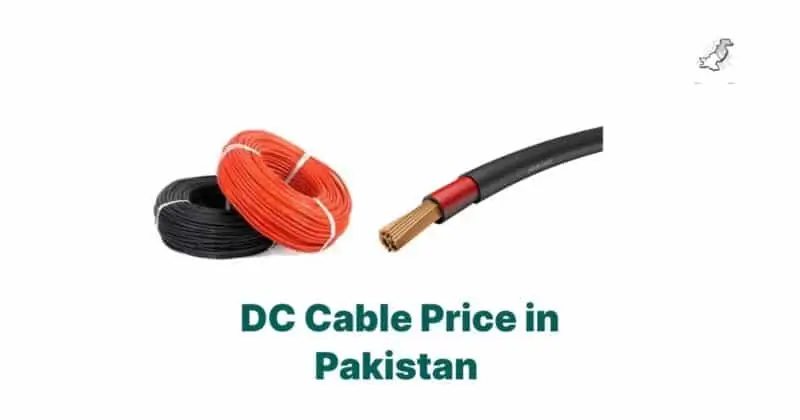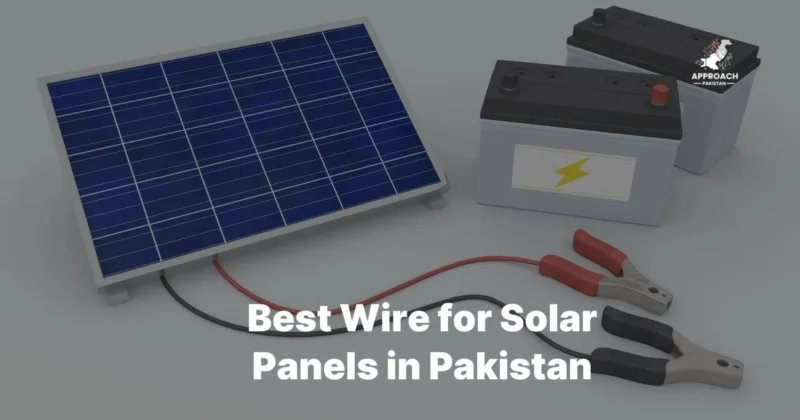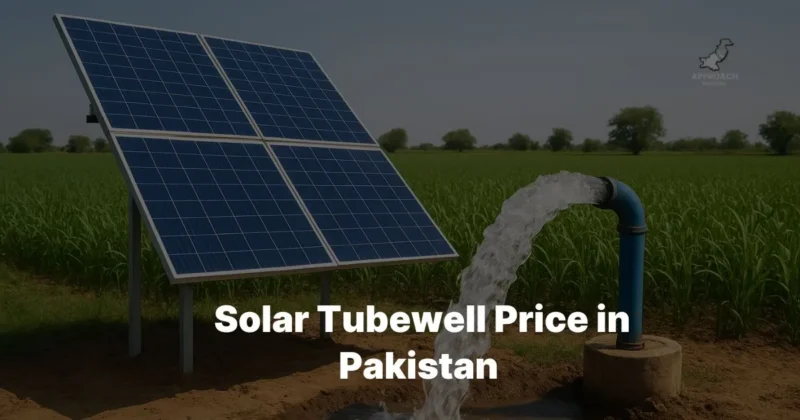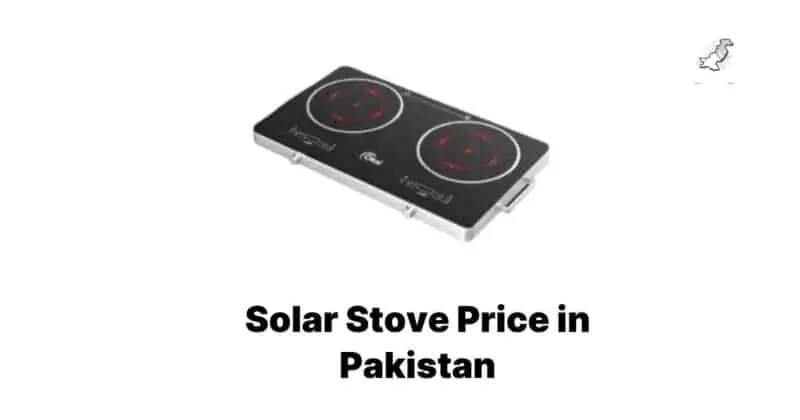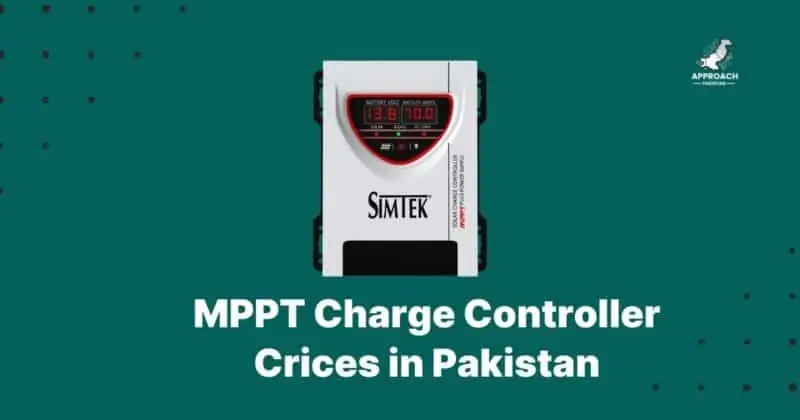Lithium Battery Price Pakistan | All Brands & Sizes 2025
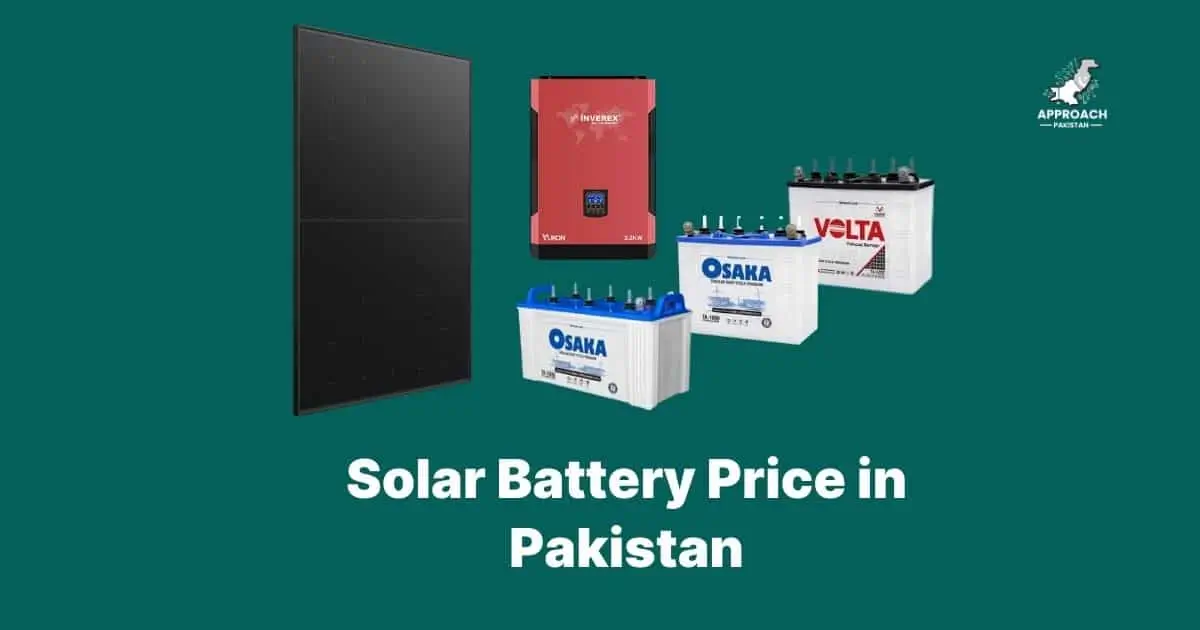
Lithium battery prices in Pakistan range from PKR 15,000 to PKR 550,000 in 2025. A standard 48V 100Ah battery costs between PKR 215,000 to PKR 275,000. Popular brands include Narada, Knox, and Inverex.
If you’re watching your electricity bills climb higher each month, you’re not alone. Power outages disrupting your daily routine? I get it. The good news is that lithium batteries are finally becoming affordable in Pakistan.
Let me cut through the confusion about pricing and hidden costs. This guide shows you exactly what you’ll pay for quality lithium batteries in 2025.
Current Lithium Battery Prices in Pakistan
The market has shifted dramatically. Prices dropped 20% compared to last year. Dollar fluctuations still impact costs, but competition among suppliers keeps prices competitive.
Price Comparison Table by Capacity
| Battery Capacity | Voltage | Price Range (PKR) | Best For |
| 20-50Ah | 12V | 15,000 – 45,000 | Small UPS, Emergency Lights |
| 100Ah | 12V | 64,000 – 70,000 | Home UPS, Small Solar |
| 100Ah | 24V | 125,000 – 170,000 | Medium Solar Systems |
| 100Ah | 48V | 215,000 – 275,000 | Large Solar, Commercial |
| 200Ah | 48V | 400,000 – 550,000 | Industrial Applications |
Brand-wise Price List
Top brands dominate the Pakistani market. Here’s what you’ll actually pay:
| Brand | Model | Capacity | Price (PKR) | Warranty |
| Narada | NPFC100 | 48V 100Ah | 235,000 | 5 years |
| Knox | H-U51100 | 51.2V 100Ah | 245,000 | 5 years |
| Inverex | Power Wall | 48V 100Ah | 435,000 | 7 years |
| Ziewnic | Z-Box | 51.2V 100Ah | 295,000 | 5 years |
| Dragon | Standard | 48V 100Ah | 245,000 | 3 years |
Latest Market Updates
Import duties increased by 15% in January 2025. Local assembly plants help offset these costs. Chinese manufacturers still dominate with 70% market share.
Types of Lithium Batteries Available
2.1 LiFePO4 (Lithium Iron Phosphate) Batteries
LiFePO4 batteries last 6,000+ cycles and operate safely in Pakistan’s hot climate. They cost 30% more than standard lithium-ion but last three times longer. Most solar installers recommend them.
These batteries handle our 45°C summer heat without breaking a sweat. The built-in thermal management keeps them cool. No fire risk like cheaper alternatives.
2.2 Standard Lithium-Ion Batteries
Standard lithium-ion costs less upfront. They work fine for indoor UPS systems. But they struggle in outdoor solar applications during peak summer.
Expect 2,000-3,000 cycles from quality brands. Budget options might give you only 1,500 cycles. Choose wisely based on your usage patterns.
2.3 Wall-Mounted vs Floor-Standing Options
Wall-mounted units save precious floor space. Perfect for apartments and small homes. Installation takes 2-3 hours with proper brackets.
Floor-standing models offer easier maintenance access. They typically cost PKR 10,000-15,000 less than wall-mounted versions. Weight distribution matters for second-floor installations.
2.4 Voltage Options (12V, 24V, 48V, 51.2V)
12V batteries suit small backup needs. Think emergency lights and wifi routers.
24V systems power medium homes efficiently. They balance cost and performance well.
48V and 51.2V batteries dominate solar installations. Higher voltage means lower current, reducing cable costs and energy losses.
Top Lithium Battery Brands in Pakistan
3.1 International Brands
Narada leads with consistent quality. Their NPFC series offers excellent value. Prices start from PKR 235,000 for 48V 100Ah models.
Pylontech brings cutting-edge technology. Their modular design allows easy expansion. Expect to pay 15-20% premium over Chinese alternatives.
Huawei entered recently with smart battery solutions. WiFi monitoring comes standard. Premium pricing reflects the brand reputation.
3.2 Local/Regional Brands
Knox balances quality with affordability. Local warranty support makes them popular. Their H-U series competes directly with international brands.
Ziewnic offers European-standard batteries assembled locally. BYD cells ensure reliability. Prices reflect the premium components used.
Dragon/Atlantic targets budget-conscious buyers. Basic features keep costs down. Good option if you need simple backup power.
Inverex focuses on integrated solutions. Their Power Wall series includes built-in inverters. Higher prices reflect the all-in-one convenience.
3.3 Brand Comparison & Reviews
Real users report Knox offers best local support. Narada wins on longevity. Inverex excels in user-friendly features.
Lithium Battery Specifications Guide
4.1 Understanding Battery Capacity (Ah & kWh)
Battery capacity determines how long your appliances run. A 100Ah battery at 48V provides 4.8kWh energy. This powers a typical home for 6-8 hours during load shedding.
Think of Ah (Ampere-hours) as your fuel tank size. kWh tells you actual usable energy. Multiply voltage by Ah, then divide by 1000 for kWh.
4.2 Cycle Life & DOD Explained
Cycle life shows how many charge-discharge cycles before capacity drops to 80%. Quality LiFePO4 batteries offer 6,000+ cycles. That’s 16+ years of daily use.
Depth of Discharge (DOD) affects longevity. Running batteries to 80% DOD instead of 100% doubles their lifespan. Smart BMS handles this automatically.
4.3 BMS Features & Importance
Battery Management Systems prevent disasters. They monitor cell voltages, temperatures, and currents. Good BMS adds PKR 20,000-30,000 to battery cost but saves your investment.
Look for over-charge protection, cell balancing, and temperature cutoffs. WiFi monitoring lets you track performance remotely. Essential for peace of mind.
4.4 IP Ratings & Weather Protection
Pakistan’s monsoons demand proper protection. IP65 rating handles rain and dust. IP54 works for covered installations only.
Higher IP ratings cost more but prevent costly failures. Outdoor installations absolutely need IP65 or better. Indoor applications can use IP21 ratings.
Lithium Battery Applications
5.1 Solar Energy Storage Systems
Solar systems slash electricity bills by 70-80%. Lithium batteries store excess daytime energy for nighttime use. Grid-tie systems with battery backup offer best flexibility.
Most homes need 5-10kWh storage capacity. This covers essential loads during 4-6 hour outages. Larger batteries provide complete energy independence.
5.2 UPS & Inverter Backup
UPS systems with lithium batteries switch instantly during outages. No interruption to computers or sensitive equipment. Charging takes 2-3 hours versus 8-10 hours for lead-acid.
Modern inverters support lithium batteries directly. Older models might need settings adjustment. Check compatibility before purchasing.
5.3 Electric Vehicles
EV conversions gain popularity in Pakistan. Lithium batteries offer 5x the range of lead-acid. Initial cost recovers through fuel savings within 2 years.
Local mechanics now handle lithium battery installations. Conversion costs dropped 40% since 2023. Safety certifications remain important.
5.4 Industrial & Commercial Use
Factories reduce diesel generator runtime using lithium batteries. Telecom towers switched completely to lithium backup. Hotels ensure uninterrupted guest comfort.
Commercial installations require professional design. Load calculations prevent undersizing. Proper ventilation extends battery life significantly.
Lithium vs Lead-Acid Battery Comparison
6.1 Cost Analysis
| Feature | Lithium Battery | Lead-Acid Battery |
| Initial Cost (100Ah) | PKR 245,000 | PKR 35,000 |
| Lifespan | 10-15 years | 2-3 years |
| Total Cost (10 years) | PKR 245,000 | PKR 175,000 |
| Maintenance | Minimal | Regular water topping |
| Space Required | 60% less | Standard |
6.2 Performance Comparison
Lithium batteries charge 5x faster. They discharge deeper without damage. Weight reduction matters for rooftop installations.
Lead-acid struggles in heat. Performance drops 50% at 45°C. Lithium maintains 90% capacity in extreme temperatures.
6.3 ROI Calculation
Lithium batteries pay back in 3-4 years through savings. No replacement costs for 10+ years. Reduced generator fuel costs add up quickly. Factor in zero maintenance for true savings.
Calculate your specific ROI using daily power cuts and current diesel costs. Most households save PKR 60,000-80,000 annually.
6.4 When to Choose Each Type
Choose lithium for daily cycling applications. Solar systems benefit most from lithium technology. High-usage scenarios justify the premium.
Stick with lead-acid for emergency-only backup. Infrequent use doesn’t justify lithium costs. Budget constraints might force this choice temporarily.
Where to Buy Lithium Batteries in Pakistan
7.1 Online Marketplaces
Daraz offers convenience but verify seller ratings. OLX has deals but requires careful inspection. Direct manufacturer websites provide best warranties.
Always request original invoices. Confirm warranty activation procedures. Beware of refurbished batteries sold as new.
7.2 Authorized Dealers by City
Karachi: Hall Road electronics market hosts multiple dealers. Saddar area offers competitive pricing.
Lahore: Montgomery Road remains the solar hub. Multiple showrooms allow comparison shopping.
Islamabad: Blue Area dealers cater to government projects. Prices typically 5-10% higher than Lahore.
Other Major Cities: Faisalabad, Multan, and Peshawar have growing dealer networks. Prices match Lahore after transport costs.
7.3 Import Options & Considerations
Direct imports save 20-30% for bulk orders. Customs clearance requires proper documentation. Consider 90-day shipping delays.
Group buying reduces individual costs. Join solar forums for import opportunities. Ensure warranty coverage locally.
Installation & Maintenance Guide
8.1 Professional Installation Requirements
Certified installers prevent warranty voids. Proper installation costs PKR 15,000-25,000. This includes cabling, breakers, and safety equipment. Never compromise on installation quality.
Check installer credentials and previous work. Request photos of completed installations. Insist on proper earthing and surge protection.
8.2 DIY Installation Tips
Basic electrical knowledge helps but proceed cautiously. Follow manufacturer torque specifications exactly. Use proper cable sizes to prevent losses.
Never mix old and new batteries. Maintain consistent cable lengths. Install in ventilated areas only.
[Suggested Multimedia: Step-by-step installation video with safety warnings]
8.3 Maintenance Best Practices
Lithium batteries need minimal maintenance. Check connections monthly for corrosion. Monitor BMS readings for abnormalities.
Keep batteries between 20-80% charge when storing. Avoid complete discharge. Clean terminals annually with approved solutions.
8.4 Troubleshooting Common Issues
BMS errors usually mean cell imbalance. Run full charge cycle to resolve. Persistent errors need professional attention.
Communication failures often trace to loose connections. WiFi issues might need router proximity. Document error codes for warranty claims.
Solar Battery Maintenance and Care
8.1 Professional Installation Requirements
Certified installers prevent warranty voids. Proper installation costs PKR 15,000-25,000. This includes cabling, breakers, and safety equipment. Never compromise on installation quality.
Check installer credentials and previous work. Request photos of completed installations. Insist on proper earthing and surge protection.
8.2 DIY Installation Tips
Basic electrical knowledge helps but proceed cautiously. Follow manufacturer torque specifications exactly. Use proper cable sizes to prevent losses.
Never mix old and new batteries. Maintain consistent cable lengths. Install in ventilated areas only.
8.3 Maintenance Best Practices
Lithium batteries need minimal maintenance. Check connections monthly for corrosion. Monitor BMS readings for abnormalities.
Keep batteries between 20-80% charge when storing. Avoid complete discharge. Clean terminals annually with approved solutions.
8.4 Troubleshooting Common Issues
BMS errors usually mean cell imbalance. Run full charge cycle to resolve. Persistent errors need professional attention.
Communication failures often trace to loose connections. WiFi issues might need router proximity. Document error codes for warranty claims.
Factors Affecting Lithium Battery Prices
9.1 Import Duties & Taxes
Current duty structure adds 45% to base price. This includes customs duty, sales tax, and regulatory charges. Local assembly partially avoids these costs.
Government policy changes impact pricing immediately. Solar promotion schemes sometimes reduce duties. Stay updated through dealer networks.
9.2 Dollar Rate Impact
Dollar fluctuations directly affect battery prices. Every PKR 10 increase adds 3-4% to costs. Dealers adjust prices monthly based on exchange rates.
Lock prices with advance booking. Some dealers offer 30-day price protection. Compare dollar rates before major purchases.
9.3 Global Lithium Market Trends
Lithium carbonate prices stabilized in 2025. Electric vehicle demand drives long-term trends. Pakistan benefits from Chinese production capacity.
New lithium mines reduce raw material costs. Technology improvements increase energy density. Expect gradual price reductions continuing.
9.4 Local Assembly vs Imported
Local assembly saves 15-20% on costs. Quality depends on component sourcing. Warranty support improves with local presence.
Fully imported units offer proven reliability. Higher costs reflect transportation and duties. Choose based on budget and risk tolerance.

